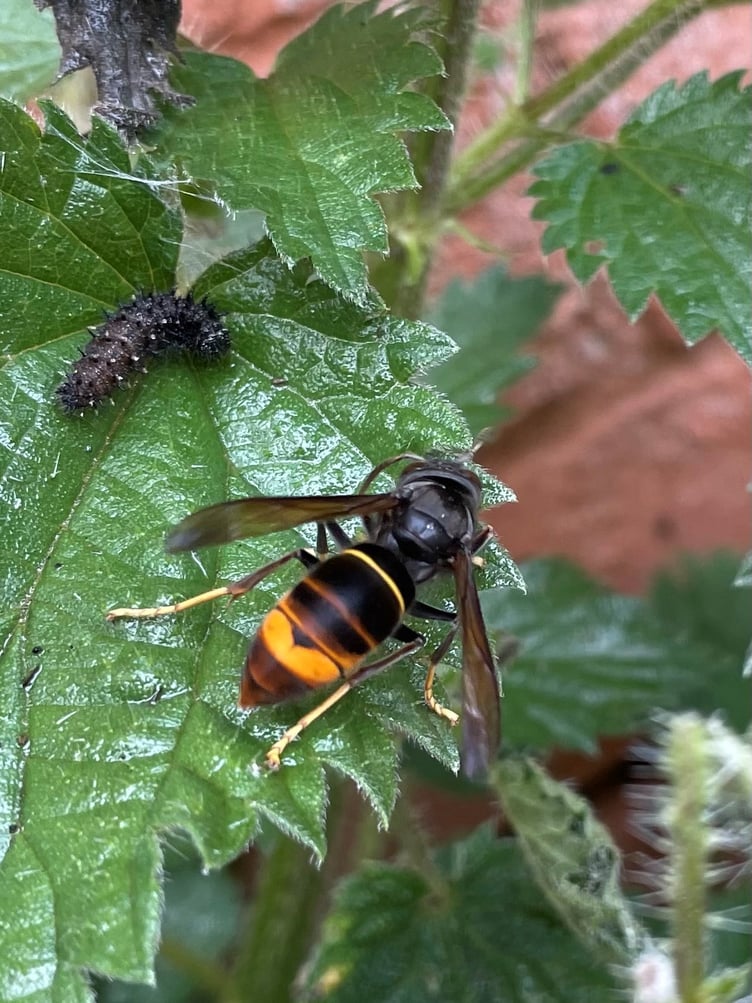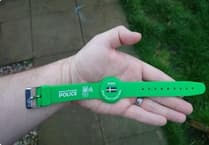Vespa velutina nigrithorax, also known as the yellow-legged hornet or the Asian Hornet, was accidentally introduced into Europe from its native Asia.
It was confirmed for the first time in Lot-et-Garonne in the South West of France in 2004.
It was thought to have been imported in a consignment of pottery from China and quickly established and spread to many regions of France.
As of December 2023, the hornet is established in France, Spain, Belgium, the Netherlands, Portugal, Italy, Switzerland, Germany and Jersey.
The hornet preys on a wide range of insects including honey bees and can be a health risk to those who have allergies to hornet or wasp stings.
In 2016, the yellow-legged hornet was discovered in the UK for the first time, in Tetbury.
After 10 days of intensive searching, the nest was found and later destroyed.
In subsequent years there have been further sightings with action taken to find and destroy nests.
In 2023, the UK experienced an unprecedented number of yellow-legged hornet incursions.
They have been spotted in Devon with one a couple of years ago in Plymouth.
They may have been blown over from France or hitched a lift on a vehicle crossing by ferry.
The yellow-legged hornet is smaller than the European hornet, Vespa crabro, which is native to the UK.
Adult yellow-legged hornet workers are approximately 25 mm in length, while European hornet workers tend to be approximately 30 mm in length.
Yellow-legged hornet queens may be up to 30 mm long, while European hornet queens may be up to 35 mm.
The yellow-legged hornet abdomen is mostly black except for the fourth abdominal segment which has a yellow band.
It also has yellow legs and an orange face.
The National Bee Unit rely upon members of the public to be able to recognise and report sightings of the yellow-legged hornet to help them contain this invasive pest.
To report a sighting visit: https://tinyurl.com/4ktjdzbt

.png?width=209&height=140&crop=209:145,smart&quality=75)



Comments
This article has no comments yet. Be the first to leave a comment.